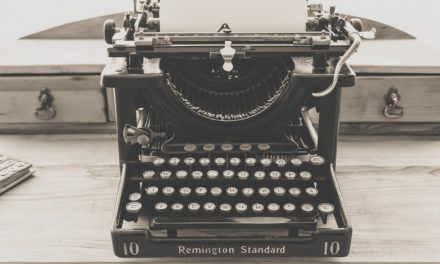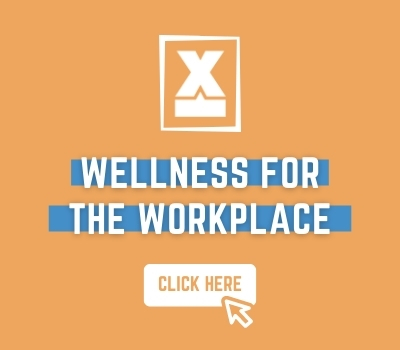Watch the video above and talk about it with a group or mentor. Learn more.
Learn how habits operate - both personally and organizationally - and how to change them.
Key Points:
- Habits are the choices we make at one time but then stop thinking about and continually repeat them. Habits emerge because the brain looks for ways to save effort. It tries to turn almost any routine into a habit.
- How do habits form? Through the “habit loop.” A “cue” puts your brain into “automatic.” Then comes a “routine” which can be physical, mental, or emotional. Last is a “reward.” This helps your brain figure out if this particular habit loop is worth remembering.
- Craving feeds the habit loop. As we associate cues with rewards, a craving begins to emerge that starts the loop (via the cue). Habits emerge when we see cues and cravings begin. Once a craving exists, you will act automatically. This is why breaking habits is hard.
- Creating new routines can reroute our habit loop, but this will take concerted time and effort. The golden rule is: keep the old cue, keep the old reward, but insert a new routine – the middle step. Once you recognize how your habits work, you’re halfway toward making a change.
- Effective change happens when people assemble to make a change. This is why groups like AA can be helpful. The principles can apply to organizations and workplaces, too.
- “Keystone habits” are habits that have an snowball effect toward success (or failure). For example, working out regularly might cause you to adopt better sleeping and eating habits.
- Willpower is the single most important factor in individual success. It’s a learnable skill but it can get tired like a muscle. Productivity experts recommend accomplishing the most creative or difficult tasks earlier in the day and saving the rudimentary or routine tasks for later.
- Organizationally, habits come from two things: forethought or lack of forethought. Bad habits arise when leaders avoid thinking about culture and let things progress without guidance.
- For an organization to work, leaders must cultivate habits that create peace. A company with dysfunctional habits must have its organizational habits remade. There must be a cultivated sense that things have to change.
Quote This:
Transformation comes when people focus on changing habits.
Talk About It
- What is your initial reaction to this topic? What jumped out at you?
- In your own words, describe the habit loop: cue, routine and reward. How have you seen these steps in your own life?
- Give an example of a habit that you formed that created cravings in your brain.
- Explain the golden rule of habits. Which bad habit do you want to try to change with this rule?
- Describe and give an example of a “keystone habit” you have observed in yourself, in others, or in an organization.
- Do you think it’s true that we are more productive when we have more energy to exercise our willpower? Give an example in support of your answer.
- What advice would you give to someone who wants to develop stronger willpower?
- Write a personal action step based on this conversation.
This topic is adapted from the Callibrain YouTube channel.






